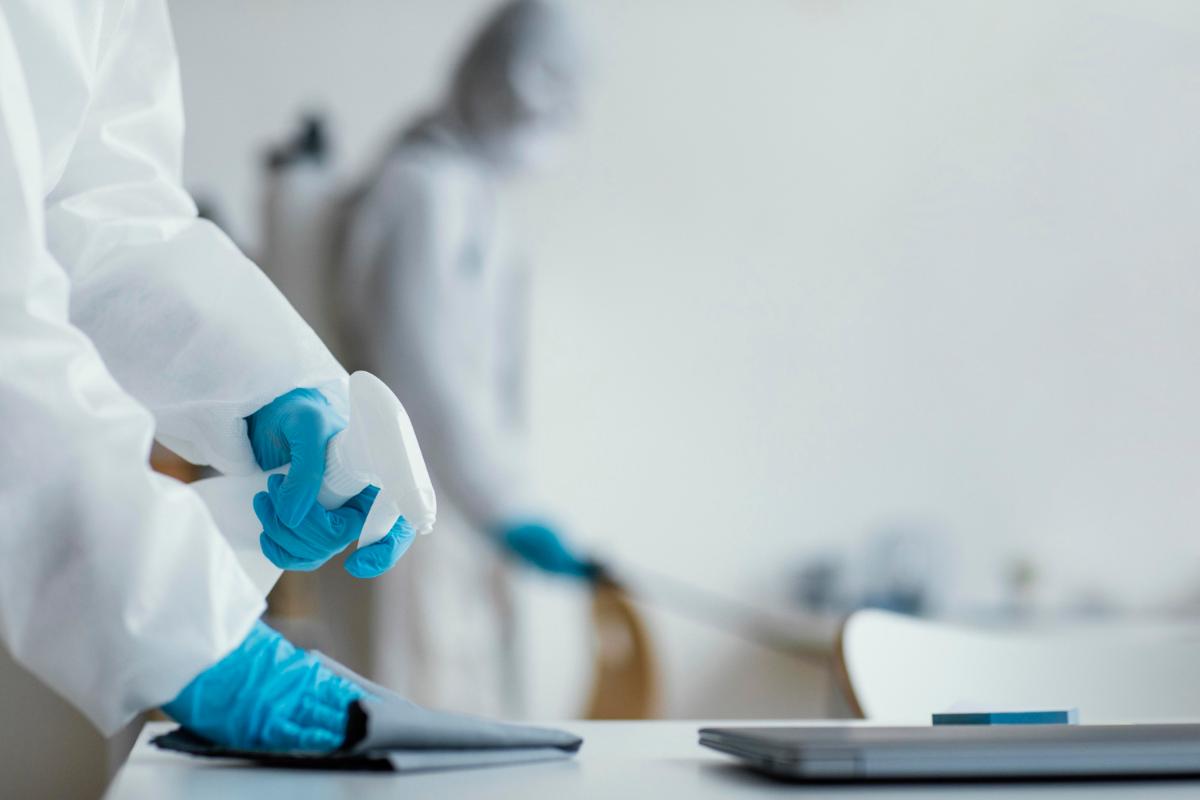Tips for Keeping Your Lab Safe and Clean

A clinical lab is often a dangerous place. Lab users encounter various dangers working in a place with biohazards. Employing personal protective equipment and standard precautions is critical for lab user safety. In addition, maintaining an organized and clean workspace and employing disinfection best practices are crucial. Finally, a chaotic atmosphere in areas contaminated with biohazards endangers visitor and employee safety. Experts on diagnostic dermatopathology in Pittsburgh, PA, offer the following tips for a secure and clean laboratory:
General safety advice
Lab managers should audit their physical surroundings to identify lab-specific safety risks at least once a month. Changes in a lab are normal, like stocking and movement of lab supplies, new equipment placement, and relocation of apparatuses. The importance of these changes to lab safety needs to be examined.
When determining the safety of your physical environment, make sure aisles are clear from obstructions, particularly when they lead to exits. Keyboard and computer wires should be tied up, lab floors should be regularly cleaned, and anti-fatigue mats replaced occasionally to avoid potential accidents. Use scrapers or other implements to ensure no paraffin wax build-up on walkways to prevent falls. Be sure that fire extinguishers, showers, eyewash stations, and other safety equipment remain accessible. Secure easy access to chemical spill and bloodborne pathogen response kits, and there should always be three feet of clearance in front of your department electrical panels. Examine electric cords for damages like fraying to prevent lab fires. All compressed gas tanks should stay secured for tipping prevention.
Ensure clean and organized workbenches clear of unlabeled materials that might cause unknown chemical hazards, infectious materials, and contaminated sharps. Dust routinely to eliminate molds and other contaminants that may interfere with lab tests, particularly in a microbiology lab. Avoid using fans that may circulate pollutants or interfere with safety airflow apparatus.
Protocols for disinfection
Lab benches should stay organized and be disinfected with an intermediate-level germicide after each shift and when spills occur because of biohazardous materials. You can use a ten percent bleach solution or lab cleaning products available for purchase. Use care choosing commercial products to ensure they can eliminate all fungi and most bacteria and inactivate viruses. Products that do not meet these standards will put your staff at risk of infection. In addition, it is essential to use products with advanced potency to handle the disinfection of the entire lab.
Some instruments require specific cleaners because bleach solutions can harm them. The cleaning solutions may not effectively control biohazards and should not be used for other purposes. Always be aware and adhere to contact time for disinfectants to be effective. Disinfection does not happen immediately, so the product should remain on surfaces for the proper amount of time recommended by
the manufacturer. It can take 3 to 4 minutes for adequate disinfection in some cases. Educating lab users on contact times is critical to avoid a potential lab-acquired infection. Regular disinfection and cleaning of other lab surfaces like pens, timers, computers, phones, and chairs are crucial.
These are just a few tips for keeping the lab environment clean and safe. Contact us today if you need diagnostic dermatopathology in Pittsburgh, PA. We are here to make a difference in the world.
Contact
Location
440 William Pitt Way
Pittsburgh, PA 15238
OFFICE HOURS
Monday-Friday: 8am-5pm
Saturday & Sunday: Closed
PHONE & FAX
(800) 786-3054 - Toll Free
(412) 968-9266 - Local
(412) 968-5673 - Fax
